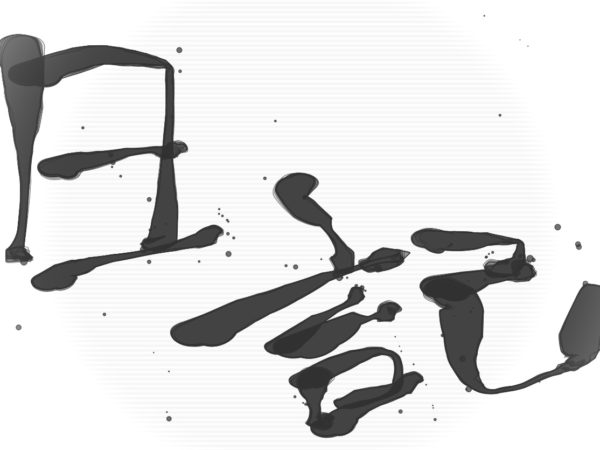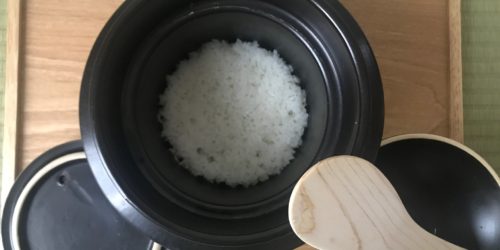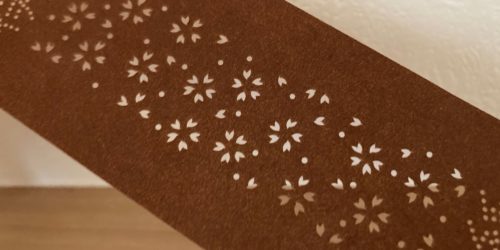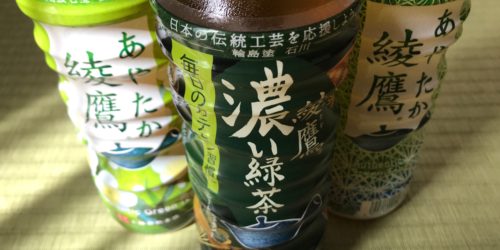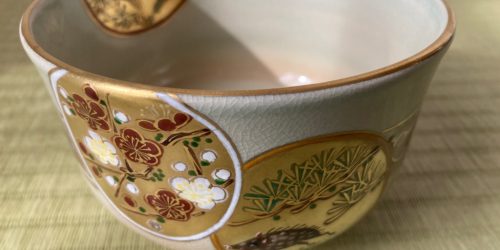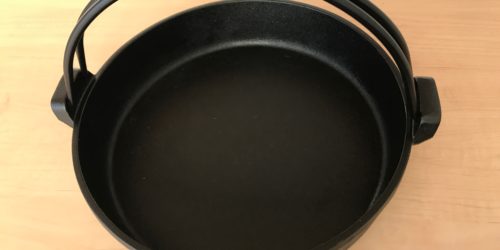All “Kutani Ware” are not necessarily hand-drawn
A vibrant style of drawing is the greatest future of Kutani ware.
Kutani ware represents one traditional Japanese craft.
Take a look at these.
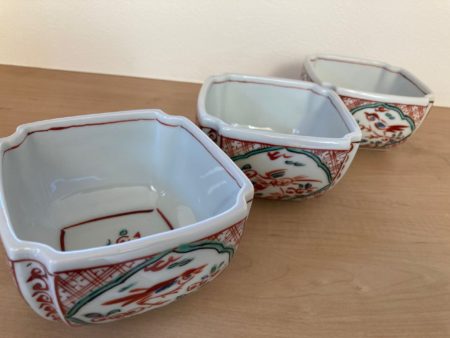
These are my Kutani ware small bowls.
The vibrant paintings were hand-drawn, one by one.
Recently, the transfer method of transferring a pattern to tablewares has been used in Kutani ware.
It enabled the mass manufacturing of Kutani ware, and these products are sold at low prices compared to hand-drawn ones.
I’m not trying to deny that, but there is one thing that bothers me.
In most cases, there is no description that the transfer method was used in such Kutani ware.
So a customer may mistake it for hand-drawn Kutani ware because they look very similar.
The customer without knowledge of Kutani ware assumes that every Kutani ware is hand-drawn because Kutani ware is famous as a traditional Japanese craft.
So I think that it is slightly deceiving to avoid providing a description of the use of the transfer method.
How would you feel if your Kutani ware wasn’t hand-drawn, even though you thought you bought a hand-drawn one?
Such shops always show off the great tradition of Kutani ware.
But they tend to avoid disclosing the fact that the modern transfer method is supporting today’s Kutani ware.
It’s not nice to say this, but they seem to have no regard for each customer’s feelings.
Many customers who are interested in traditional Japanese craft will want to buy real, hand-drawn Kutani ware.
Sales supremacy can often lead to a loss of trust or honor.
I’m worried about the decrease in the credibility of today’s Kutani ware.
When you buy Kutani ware, you should check if it is hand-drawn or not.
